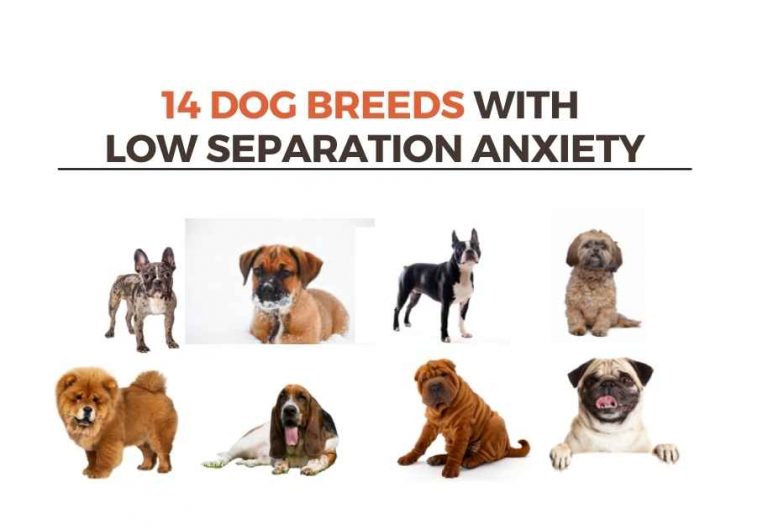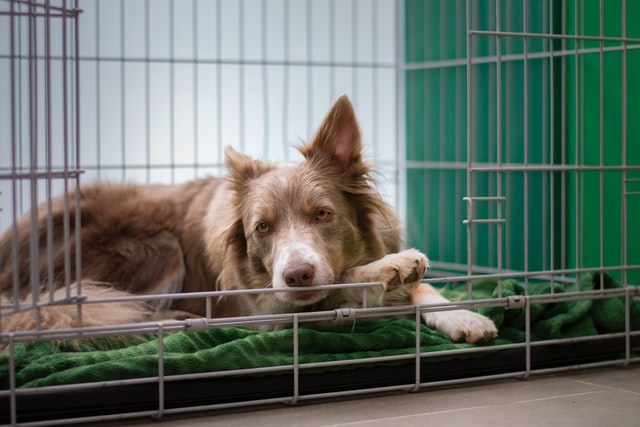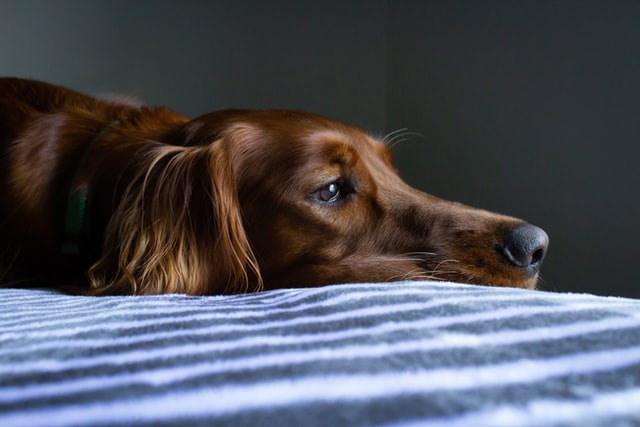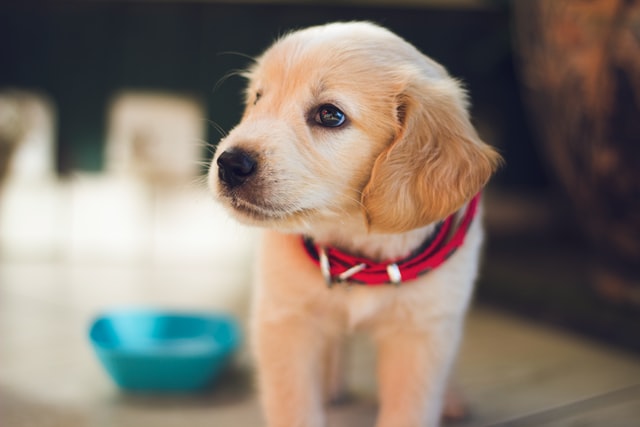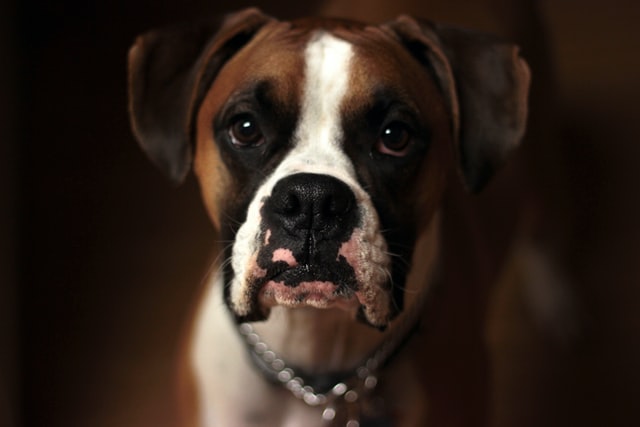Separation anxiety in dogs: what to know and what to do
When it comes to dogs, there are moments in life where anxiety is unavoidable.
However, there are more frustrating forms of anxiety, such as separation anxiety, that can cause disruption and stress for the whole family.
Thankfully, with patience and consistency, there are ways to improve this issue in your nervous canine companion.
If you’re looking for some advice on how you can help your dog’s separation anxiety, you’ve found the right article.
Keep reading to learn how you can tackle your dog’s unwanted nervous habit.
What Is Canine Separation Anxiety?
Separation anxiety is a form of anxiety that is characterized by a dog becoming excessively stressed and anxious when their owner prepares to leave the house.
Once the owner does leave, that’s when behaviors such as vocalization, destructiveness, self-traumatization and potty accidents occur.
The behaviors don’t have to happen every time the owner leaves the house.
Sometimes the anxiety is only triggered on work days or moments when the owner comes home and immediately has to leave again.
If your dog is suffering from separation anxiety, you may see these behaviors as you are getting ready to leave:
- Excessive salivation
- Trembling
- Becoming quiet or withdrawn
- Restlessness and pacing
- Whining
- Following the owner
Owners that have dogs with separation anxiety will also notice these symptoms during an attack or after arriving home:
- House soiling
- Destructiveness (chewing/scratching)
- Vocalization
- Digging
- Successful or failed escape attempts from cage, yard or house
- Stool eating (coprophagia)
Why Does My Dog Have Separation Anxiety?
It is not always easy to pinpoint the cause of separation anxiety in dogs.
A dog doesn’t have to experience something like abuse in order to develop this frustrating behavioral issue.
Sometimes the dog has lived a completely normal and happy life but he simply hates when his favorite people leave him alone.
There are certainly times where a dog does experience something scary, painful or just generally traumatizing while its owners are gone and that happens.
The best thing when signs of separation anxiety are noticed is to address them quickly.
Allowing the behaviors to escalate over time will only make the corrections that much more difficult.
- Fear of being alone
- Fear of confinement (common in shelter dogs)
- Negative experience while alone
- Noise phobias (storms/fireworks/street noise)
Can There Be Other Reasons For My Dog’s Behavior?
The best way to understand if your dog’s behaviors are related to separation anxiety are to first assess what is happening and when it is happening.
If your dog barks and has potty accidents in the house when you are home or away, it is likely that this is due to something other than separation anxiety.
- Territorial
- Not fully potty trained
- Confinement anxiety
- Left alone too long
- Old age: loss of hearing, vision and cognitive function
A dog that barks a lot, especially when the owners are away, may just be territorial.
Where a dog that has accidents could just be struggling with being fully potty trained.
Regardless of what you think the reasons for your dog’s behaviors are, you should make an appointment with your veterinarian to have them checked out for other potential health problems.
As dogs age, they can begin to lose cognitive function as well as vision and hearing.
If new and unwanted behaviors begin once your dog reaches their geriatric years, it is likely that the issue is due to changes in their brain and physical condition.
Are There Dog Breeds That Are More Prone To Separation Anxiety?
Every dog breed is different and there are certainly several that are more prone to behavioral issues such as separation anxiety.
Also, no matter the breed, if they are not properly socialized and desensitized to being alone, it is likely that they will suffer from some amount of separation anxiety.
Here is a short list of the most common dog breeds prone to the troublesome separation anxiety.
- German Shepherds
- Cocker Spaniel
- Labrador Retrievers
- Bichon Frise
- Border Collie
- Toy Poodles
- Australian Shepherd
- Havanese
Should Dogs With Separation Anxiety Be In A Crate?
When owners are gone and they know that their dog has separation anxiety, keeping them in a crate or a kennel can certainly benefit both parties.
However, there are times where kenneling a dog with separation anxiety can be contraindicated, like when they have an excessive fear of confinement.
The kennel should be a happy place that your dog enjoys going to for times of distress, relaxation and sleeping and never used as a form of punishment.
Using a kennel is truly an excellent tool and if you’re going to utilize this when you’re gone, you need to start your dog on kennel training while they are still young.
Puppies tend to do very well when it comes to crate training and it is often a wonderful resource for potty training as well.
Sometimes people adopt adult dogs and these pets may not be used to staying in a kennel, or perhaps they’ve spent too much time in a kennel and they are averse to them.
In these cases, training them to use it is certainly not impossible!
It may take time with some dogs that have kennel anxiety and that is fine, just stay patient and consistent with routine and always ensure that the kennel is a comfortable and peaceful place for your dog.
- Keep the kennel cozy and pleasant
- Don’t use the kennel as a form of punishment
- Have your puppy or adult dog take naps in the kennel while you are home
How Can I Help My Dog With Separation Anxiety?
First thing is first! Please understand that behavioral issues in dogs, especially if the anxiety is severe can be a very difficult and long battle.
This is why it is sometimes necessary to have appointments and training with a board certified veterinary behaviorist and not just a dog trainer.
These careers are not the same thing. Dog trainers are often not equipped to handle severe anxiety issues in dogs.
Now, that doesn’t mean that there aren’t steps and measures that can be taken at home to pave the path for a successful reduction in your dog’s separation anxiety.
Here are the recommended steps that veterinary professionals recommend following:
- Establish a predictable routine
- Environmental enrichment
- Establish a predictable reward protocol
- Teach “settle” and other cues
- Have an area for relaxation (bed or kennel)
- Work on focus and response
Before starting on training, please ensure that your dog has been examined by a veterinarian and diagnosed with separation anxiety.
If your dog is simply suffering from a medical condition, this may be the cause of their behaviors and not anxiety.
Establishing A Predictable Routine
A predictable routine is HUGE for dogs with separation anxiety.
These behaviors that we’ve discussed stem from anxiety, and when we introduce a routine that a dog can predict and understand, this naturally helps to reduce the unwanted issues.
This also allows for your dog to predict when they will receive attention, such as during play, exercise or cuddles on the couch.
This then sets up the next part of the routine, which is the times when they are not receiving your attention.
From here, they can establish a predictable nap time, alone time or playtime with a housemate.
If your dog is not constantly worried about what will happen next, you should notice their anxious behaviors becoming less and less.
Give Them Environmental Enrichment
Setting aside time everyday for socialization, play, exercise and training is crucial to your dog’s mental health.
Initiating these regular interactions provides enough play and attention that when you are finished, your dog is ready to settle in for a nap or relaxation.
Be sure to change it up sometimes with some new toys or even add a few feeder toys to make snacks and meal times more engaging.
Establishing A Reward Protocol
This particular point of training is important because this is where we learn when and when NOT to reward our dog.
There are many times where we don’t want to reinforce a negative behavior, so giving your dog a treat or attention and “good boy”s while they are wound up and anxious is never the idea.
Rewards come when your dog is settled or listens quickly to a command and redirection.
If your dog is seeking attention from you at an inappropriate time, you need to ignore them until they attempt again at the right moment.
Only reward your dog when they are settled, relaxing and have found a way to handle their anxiety in a healthy manner.
Teach The “Settle” Cue
“Settle” is an important cue word for dogs that can become overly anxious and excitable.
Have your dog focus on the cue and then find a place to lay down such as their kennel or bed.
Do not give them any reward until they have completed the cue appropriately.
They need to understand the attention and food comes when they are settling down and comfortable.
Have A Relaxation Area
This also applies to the “settle” cue as this is where they will most likely retreat to for relaxation and hopefully their reward.
Your dog needs to have an established area where they feel comfortable and can relax.
These places are typically an area such as their kennel or bed.
Work On Focus And Response Commands
These commands are typically the normal ones such as “sit”, “stay” and “wait”.
Not only is it important for them to know these commands but it is crucial that your dog also listens to them during a time of excitement or anxiety.
This keeps their focus on and will help at deescalating future events where they become worked up.
Managing Separation Anxiety In Dogs
Canine separation anxiety can be a hugely frustrating problem.
But with hard work, consistency and an established routine, you should be able to reduce those unwanted behaviors, eventually leading to a happy dog that doesn’t mind seeing you leave the house.

